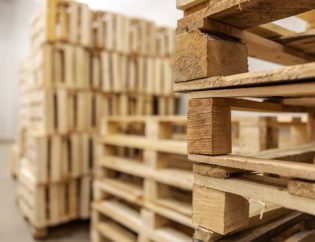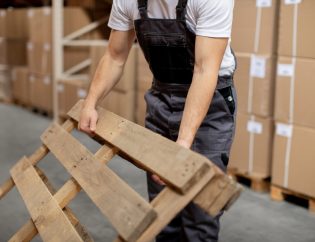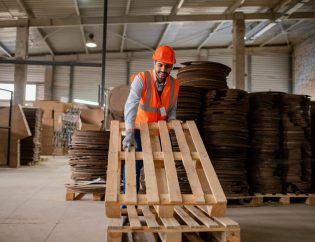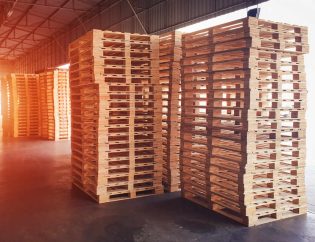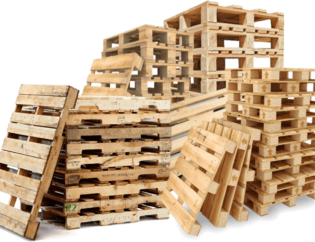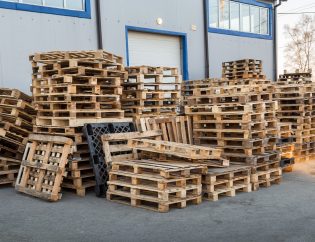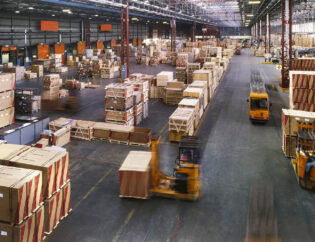
Article Courtesy of Pallet Enterprise
The pallet industry uses primarily heat treatment to comply with international pest regulations. Find out what major heat treatment options are available on the market and key issues to consider when buying.
Pallets used in export shipments must be treated in order to comply with ISPM-15, the international regulation governing wood packaging in order to prevent the spread of wood-eating insects.
Pallets – or the lumber used to build them – may be treated by fumigation or heated to eliminate the risk of insect infestation. Proper treatment and marking are the only way for wood packaging material to comply with the international standard, and heat treatment using kilns has become the preferred treatment method for the pallet industry.
A number of companies offer heat-treating systems for the pallet and container industry. Nearly all of them also manufacture kilns for producing kiln-dried lumber because the technology of heating wood to the ISPM-15 standard and the technology to dry wood is very similar. In fact, some companies offer systems that can do both – heat-treat and kiln-dry. In the last decade, more and more pallets are being dried to prevent mold and mildew on pallets. This is especially true for pallets used in food and pharmaceutical applications. Some companies are using dip tanks to treat lumber or finished pallets with a chemical to inhibit mold growth.
Recently, increases in KD/HT pine lumber has resulted in more companies switching to green pine cants and then drying the pallets after manufacturing.
Heat-treating systems can vary widely. Systems are available in various capacities to treat small or large quantities of pallets. Suppliers can construct a heat-treatment chamber from the ground up, provide ready-built units that can be readily put in place on a concrete pad, or supply equipment packages to convert a shipping container or trailer van into a heat-treating system. Chambers may allow loading and unloading pallets by forklift or they may use a specialized loading system. The most common approach utilized in the industry is forklift loading. The most common fuel for heating the chambers is gas (natural gas or liquid propane). However, wood biomass and electric powered options are also available.
Another issue to consider in evaluating and selecting equipment for heat-treating pallets is the control system and record-keeping system. Systems are available that function automatically and may be monitored remotely. They also capture and record data during the process — information that may be needed to meet certification requirements.
Some units are much harder to move than others. It is sometimes worth considering the portability if you may have to relocate at a later date. This is especially a concern for companies that lease facilities and do not own them.
Service and support after the sale and installation are critical if you want to maintain a good running system. With high employee turnover in the industry, having a supplier that offers strong support can keep you running when an experienced operator leaves a company. Not all suppliers offer the same level of support and training. Ask around the industry to find out which suppliers are the best for long-term support.
Full Article: palletenterprise.com



